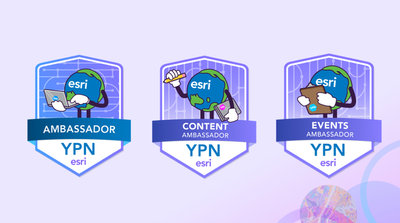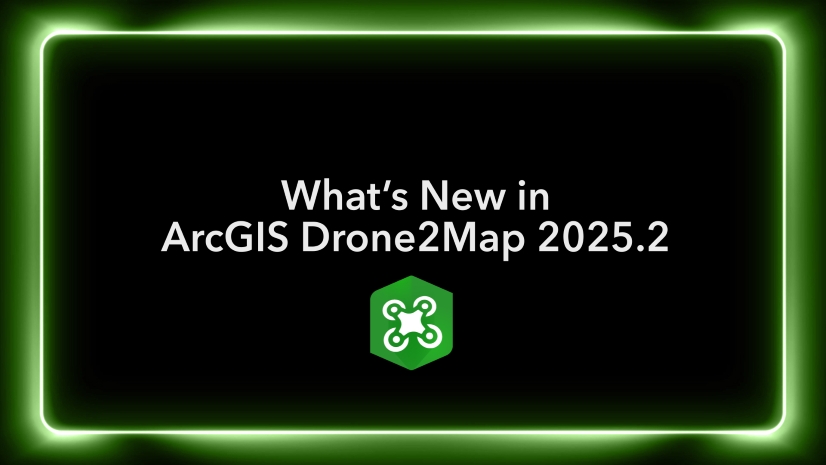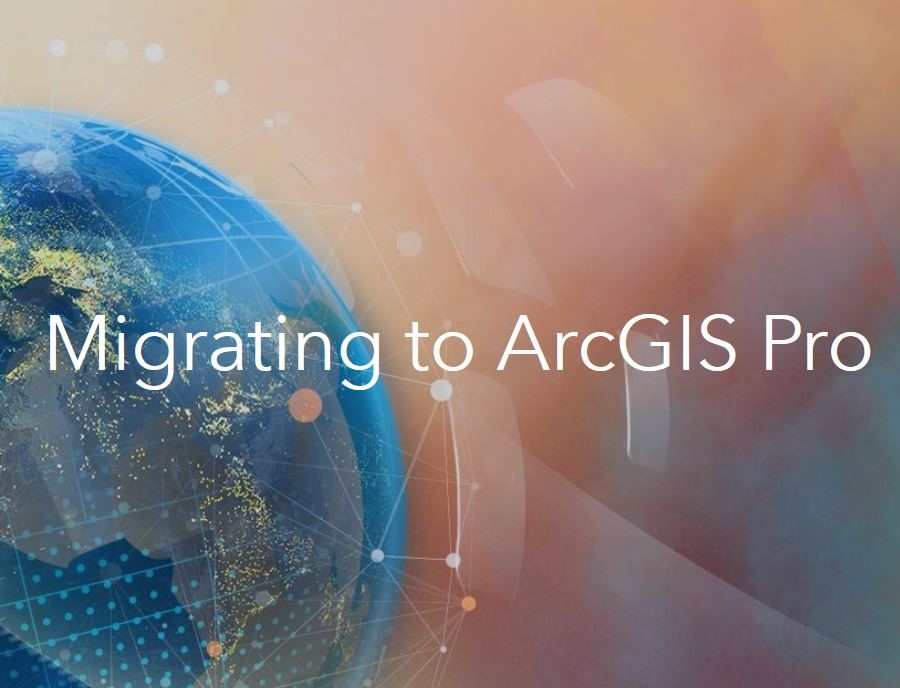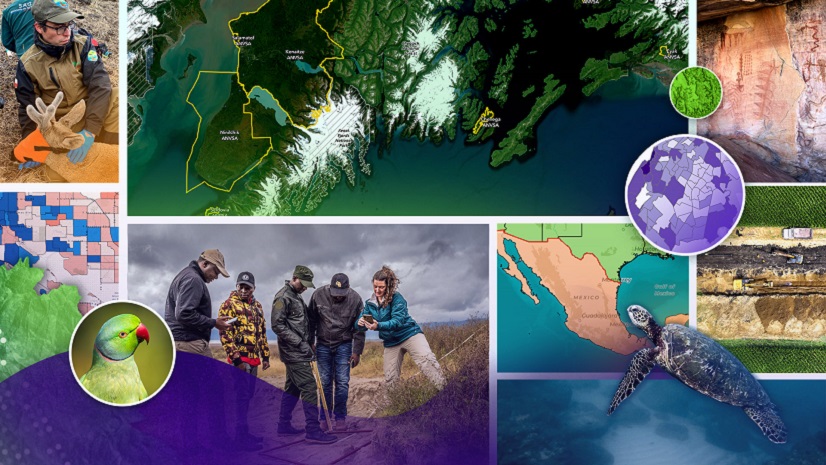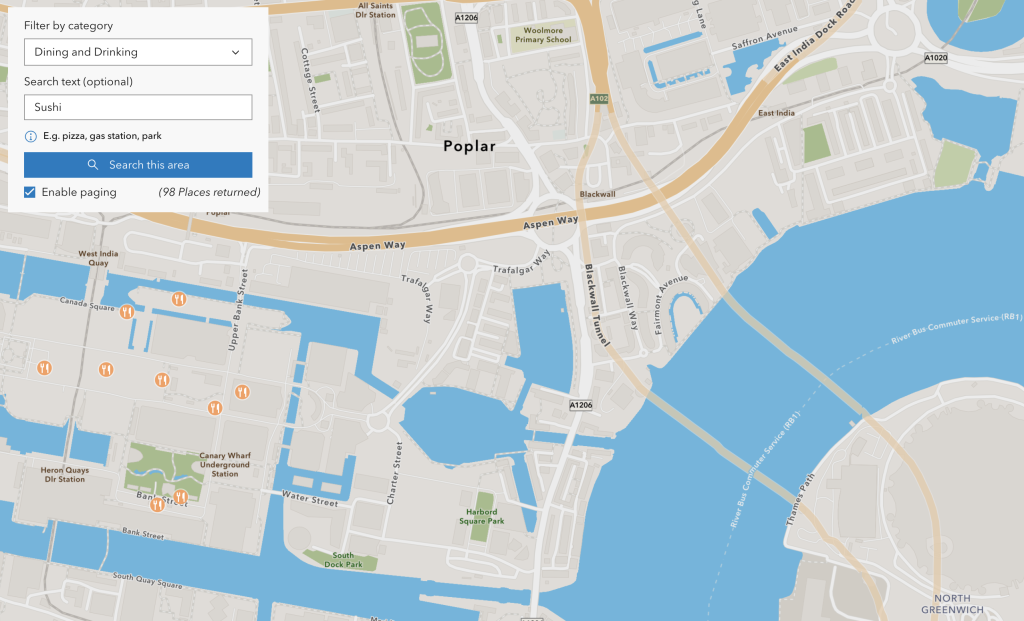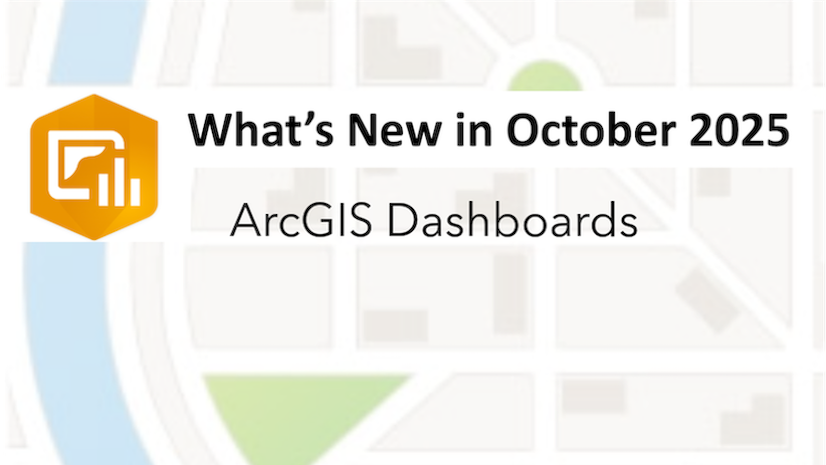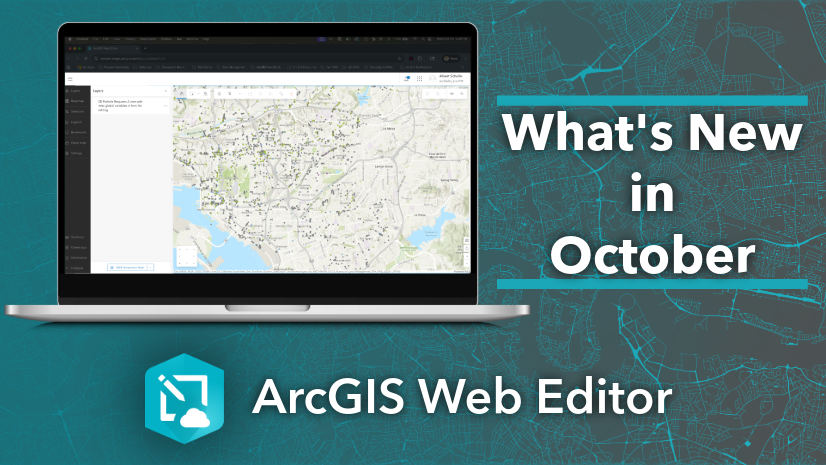Home
June 8, 2022 2025-02-26 11:24Home
How Being Involved in Esri YPN Gains You GISP Contribution Points
 Rachael Mutuli
Rachael Mutuli
 December 18, 2025
December 18, 2025
In the fast-evolving field of Geographic Information Systems (GIS), continuous professional development is essential for standing out in a competitive…
Read More
What’s New in ArcGIS Field Maps (25.3.0 Release)
 Rachael Mutuli
Rachael Mutuli
 December 15, 2025
December 15, 2025
On September 30, Esri delivered the 25.2.0 release of ArcGIS Field Maps, an off-cycle, mobile-only update that represented a major…
Read More
Rise Above the Competition: Join the YPN Ambassador Program
 Rachael Mutuli
Rachael Mutuli
 November 26, 2025
November 26, 2025
The Esri Young Professionals Network (YPN) Ambassador Program is your opportunity to actively engage in the GIS community and stand…
Read More
What’s New in ArcGIS Drone2Map 2025.2
 Rachael Mutuli
Rachael Mutuli
 November 24, 2025
November 24, 2025
The 2025.2 release of ArcGIS Drone2Map introduces a robust set of upgrades designed to streamline workflows, enhance 3D realism, and…
Read More
Tips to Future-Proof Your GIS Career
 Rachael Mutuli
Rachael Mutuli
 November 19, 2025
November 19, 2025
As GIS continues shifting toward web-based solutions, the skills you need to stay competitive are evolving too. You can future-proof…
Read More
Transforming Environmental Engineering with GIS
 Rachael Mutuli
Rachael Mutuli
 November 18, 2025
November 18, 2025
For Nixon Asiimwe, a final-year Environmental Engineering student at Kyambogo University in Kampala, Uganda, the world of geospatial technology opened…
Read More
ArcGIS Desktop Retirement: The Next Generation of Mapping is Here
 Rachael Mutuli
Rachael Mutuli
 November 12, 2025
November 12, 2025
Why ArcGIS Desktop is Retiring For decades, ArcGIS Desktop has been a trusted solution for GIS professionals worldwide. However, with…
Read More
Your Path to Entering the 2025 ArcGIS StoryMaps Competition
 Rachael Mutuli
Rachael Mutuli
 November 10, 2025
November 10, 2025
ArcGIS StoryMaps continues to be one of the most powerful and accessible platforms for sharing meaningful place-based stories.
Read More
3 Tips for Changing to a GIS Career
 Rachael Mutuli
Rachael Mutuli
 November 3, 2025
November 3, 2025
Geographic Information Systems (GIS) is a rapidly expanding field—valued at $8.1 billion in 2020 and projected to reach $17.5 billion…
Read More
Fusing Data, AI, and Maps: How Giovanni Bwayo is Pioneering the Future of GeoAI
When you meet Giovanni Bwayo, his quiet confidence and deep curiosity immediately stand out. A Data Scientist and Web Developer…
Read More
Build Smarter Apps with ArcGIS Location Services
 Rachael Mutuli
Rachael Mutuli
 October 27, 2025
October 27, 2025
Developers today need more than just coding expertise to create truly intelligent, location-aware applications. They rely on two key elements:…
Read More
Explore the Latest Updates in ArcGIS Dashboards (October 2025)
 Rachael Mutuli
Rachael Mutuli
 October 24, 2025
October 24, 2025
ArcGIS Dashboards unifies maps, data, and visuals on a single interface, empowering you to monitor activity, spot trends, and make…
Read More
What’s New in ArcGIS Web Editor (October 2025)
 Rachael Mutuli
Rachael Mutuli
 October 23, 2025
October 23, 2025
If you haven’t explored ArcGIS Web Editor yet, now is the perfect time! This intuitive app is designed to streamline…
Read More
Transforming Passion into Purpose: Abigael Kagema’s Journey through the Esri Eastern Africa Internship
 Rachael Mutuli
Rachael Mutuli
 October 20, 2025
October 20, 2025
When Abigael Kagema graduated from Jomo Kenyatta University of Agriculture and Technology in June 2025, she carried with her more…
Read More
From Student to GIS Innovator
 Rachael Mutuli
Rachael Mutuli
 October 19, 2025
October 19, 2025
As a soon-to-be graduate from the Technical University of Kenya, pursuing a Bachelor’s Degree in Business Information Technology,
Read More

